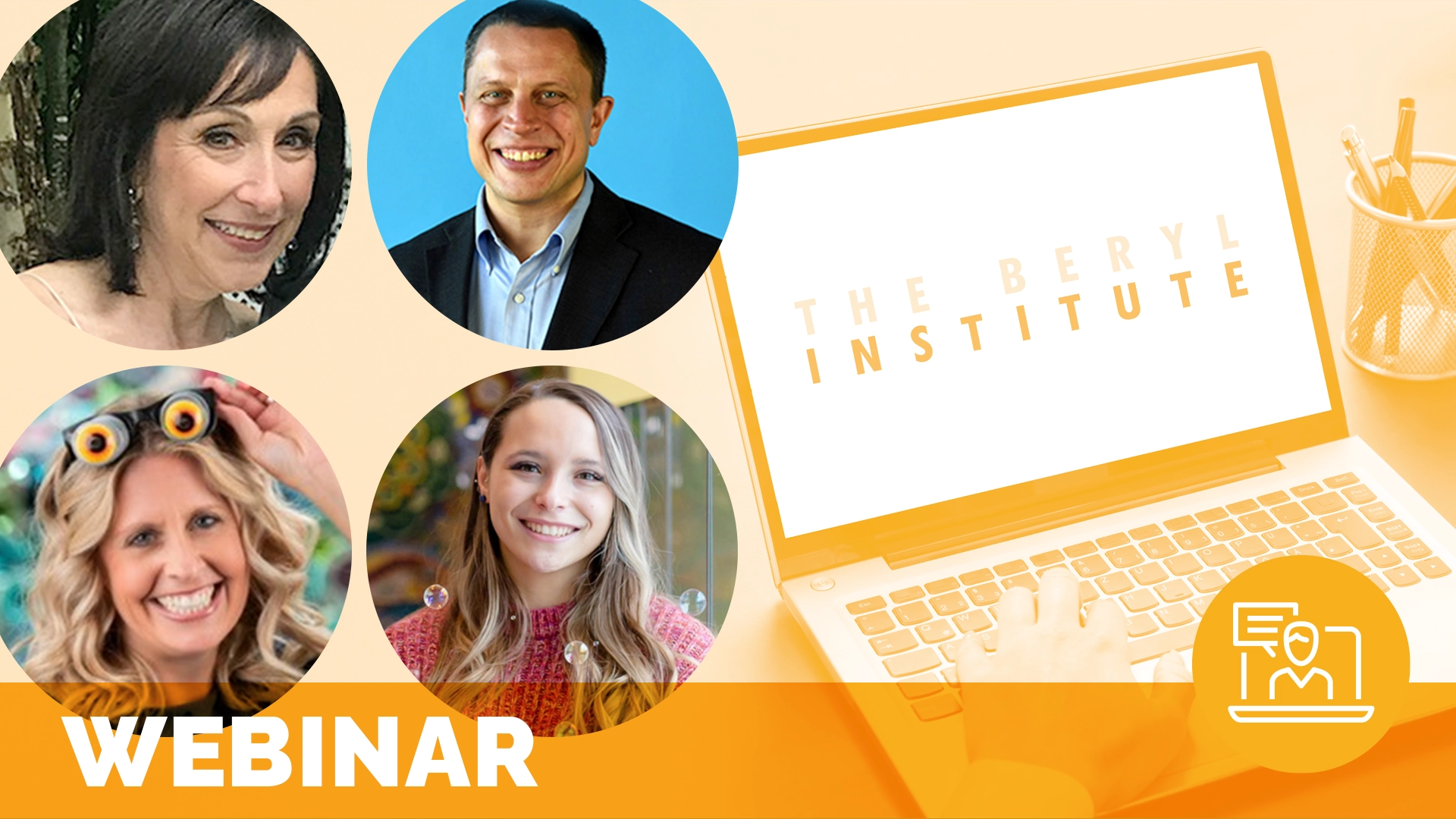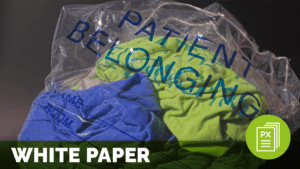Humanizing Healthcare Through Art

As a caregiver, my first concern is my loved one, and, at the same time, I am very aware of the stress, anxiety, and burnout of our wonderful providers. This is why The Beryl Institute is focused on “elevating the human experience in healthcare.” We must consider the wellbeing of everyone. Art is one way we can all reflect, connect, and heal.
As a family caregiver, I have been present at induction and post op; I provide meds, change bandages, measure fluid intake/output and never leave my loved one’s side. I have intervened preventing major safety issues and even performed leach therapy saving an ear. Over the last 28 years, I have watched each of my three children go through difficult journeys, immeasurable physical and emotional pain, endless surgeries, debilitating stigma, disrespect, denied access to care and put into life threatening situations. I then had to manage both my parent’s cancer journeys and, together with them, planning a good death for each. The emotional toll was immense. Enduring some of this through a pandemic created isolation issues, making support difficult.
That is when I discovered how art provided me with a sense of calm, an escape and ability to live in the moment, giving me some control back. Art is created with a conscious decision, knowing what you want to express, how to get there, in a relaxing and thoughtful way, with an expected outcome. It is an individual’s freedom of expression, skillfully planned out.
Art as a form of therapy for patients encourages the development of healthy coping strategies and can facilitate great insight and empathy. It is a technique rooted in the idea that creative expression can foster healing and mental well-being. As a lifelong caregiver, I have often used painting to relax, turn my thoughts away from a challenging experience to mindfully change my focus, keeping unwanted thoughts at bay and escape into a world of imagination and solitude.
In healthcare, it often feels as though I am not seen as a whole person, with preferences, beliefs, choices, and expertise of my own. Art brings us back to our roots as human beings, and when providers see our art, it can help them to focus on patients and families with a compassionate perspective, treating others the way we would like to be treated, addressing our physical, psychological, social, and spiritual needs.
The optimal journey for the patient and provider considers the human element first. How we as humans are fragile, stressed, and emotional beings, and that basic understanding and consideration through difficult times – helping each other – is what makes for shared quality outcomes.
Art has a way of soothing our stresses, reflecting on deeper meaning, and connecting to the part of us that is the best of us. It is for this reason the Patient and Care Partner Community (PCPC) has chosen to highlight art from patients and care partners. Please take a moment to visit this section of The Beryl Institute’s site at Patient and Care Partner Community (PCPC) and consider inviting a patient or care partner to submit their art for display. Sharing art on this page promises to bring reflection, connection, and healing to all who are touched by its beauty.
Sydney Graham
Related content
-
 Environment & Hospitality | Patient Family & Community Engagement
Environment & Hospitality | Patient Family & Community EngagementThe Sunrise Association Wheels Up! Program: Bringing the Joys of Childhood to Hospitalized Cancer Patients
It’s hard to just be a kid when you’re battling cancer. Carefree moments of joy seem out of reach. Solving that problem was the impetus behind the Sunrise Association which has been providing summer day camps for children with cancer and their siblings since 2006. Faced with COVID lockdowns, the Sunrise Association developed the Wheels
Learn more -
 Environment & Hospitality
Environment & HospitalityEvaluating a Co-designed Patient-Facing Digital Hub for Enhancing Patient Engagement in Research (PER)
This report highlights a shift from patients as research participants to active partners. Learn how, through a co-design approach, Sunnybrook Health Sciences Centre developed a website to support patient engagement in research, with feedback shaping its usability and accessibility. Patient partners reported a positive experience, feeling heard and appreciated in this co-designed initiative.
Learn more -
 Environment & Hospitality | Patient Family & Community Engagement
Environment & Hospitality | Patient Family & Community EngagementWhere Are My Things? Best Practices for Safeguarding Patient Belongings in Hospitals
Managing patient belongings is a persistent and complex challenge faced by nearly all hospitals and healthcare systems. When personal items are misplaced or lost during a patient’s hospital stay, the consequences go beyond inconvenience. Financially, hospitals may be liable for compensation or replacement of lost items, and operational resources are often diverted to investigate and
Learn more
